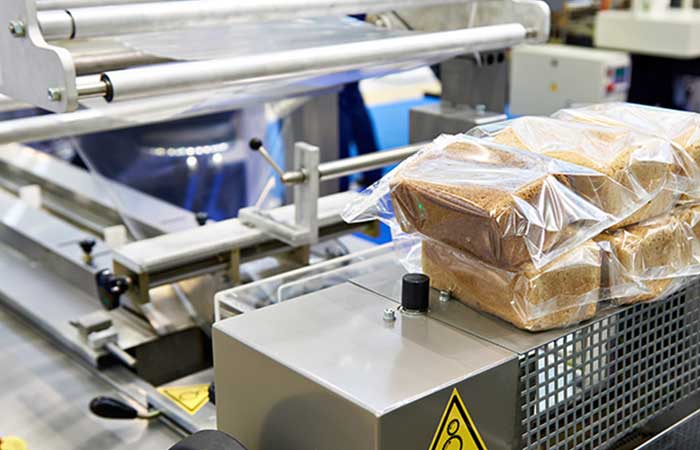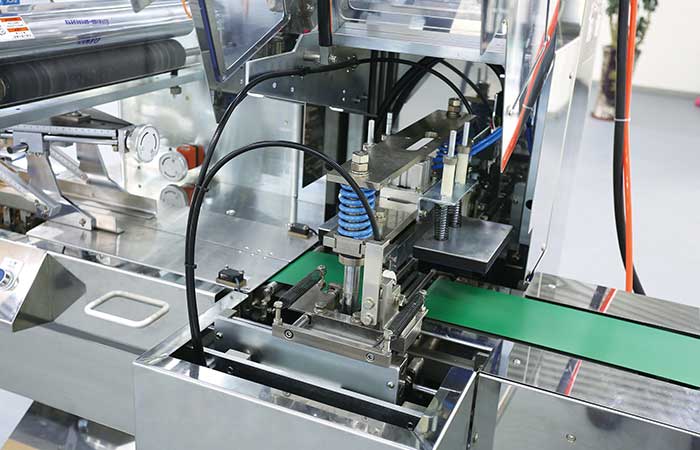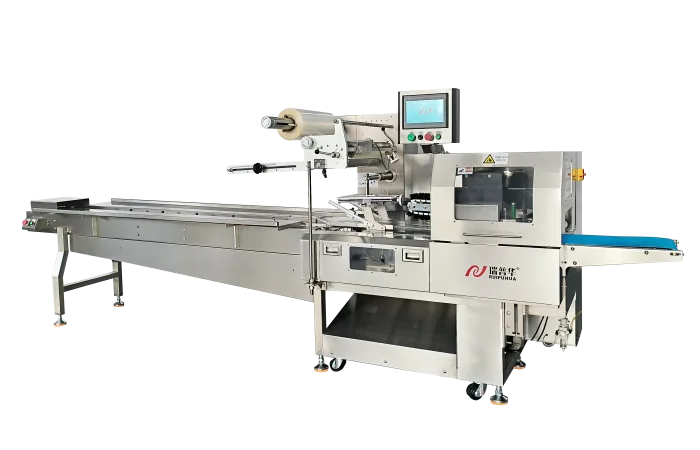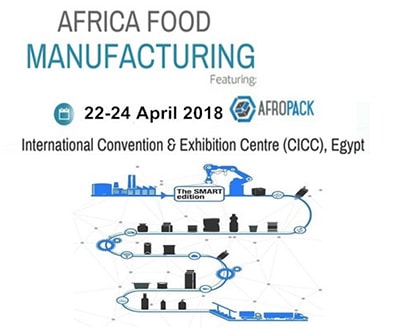Aseptic Packaging: Revolutionizing Food Safety in Modern Times
The Rise of Aseptic Packaging: Ensuring Food Safety and Quality
In recent years, aseptic packaging has emerged as a game-changer in the food industry, revolutionizing the way we preserve and consume perishable goods. This innovative packaging system combines cutting-edge technology with advanced sterilization techniques to maintain the freshness and nutritional value of products while extending their shelf life.
Unlike traditional packaging methods that rely on heat or chemical preservatives, aseptic packaging utilizes aseptic processing to sterilize products and packaging materials separately before they are brought together in a sterile environment. This process ensures that the contents remain uncontaminated, free from bacteria, mold, and other pathogens that can compromise their safety and quality.
One of the key advantages of aseptic packaging is its ability to preserve the nutritional integrity of food products without the need for additives or additional processing steps. By sealing products in a sterile environment, aseptic packaging prevents oxidation and maintains the freshness of fruits, vegetables, dairy products, and beverages, allowing consumers to enjoy healthy and flavorful foods all year round.
Another significant benefit of aseptic packaging is its sustainability and eco-friendly credentials. Unlike traditional packaging materials that may be non-recyclable or contribute to environmental waste, aseptic packaging is designed to minimize resource consumption and reduce carbon footprint by using lightweight materials and efficient production techniques.
The Technology Behind Aseptic Packaging
At the heart of aseptic packaging lies a sophisticated process that ensures the safety and integrity of products from production to consumption. The process begins with sterilizing the packaging materials using heat, steam, or chemical agents to eliminate any microorganisms that may be present. Once sterilized, the packaging materials are filled with the product in a sterile environment to prevent contamination.
To maintain the sterility of the contents, aseptic packaging employs advanced sealing techniques that create a hermetic seal, preventing air, light, and moisture from entering the package and compromising the product. This seal ensures that the contents remain fresh, flavorful, and nutritious throughout their shelf life, without the need for refrigeration or additives.
The Future of Aseptic Packaging
As consumer demand for convenient, healthy, and sustainable food options continues to grow, the future of aseptic packaging looks brighter than ever. Manufacturers are investing in innovative technologies and materials to improve the efficiency and environmental impact of aseptic packaging systems, making them an essential component of the modern food supply chain.
With its ability to enhance food safety, quality, and shelf life while reducing waste and carbon footprint, aseptic packaging is poised to become the gold standard in packaging solutions for the food and beverage industry. By embracing this technology, manufacturers can cater to the evolving needs of consumers and contribute to a more sustainable and resilient food system for future generations.
-
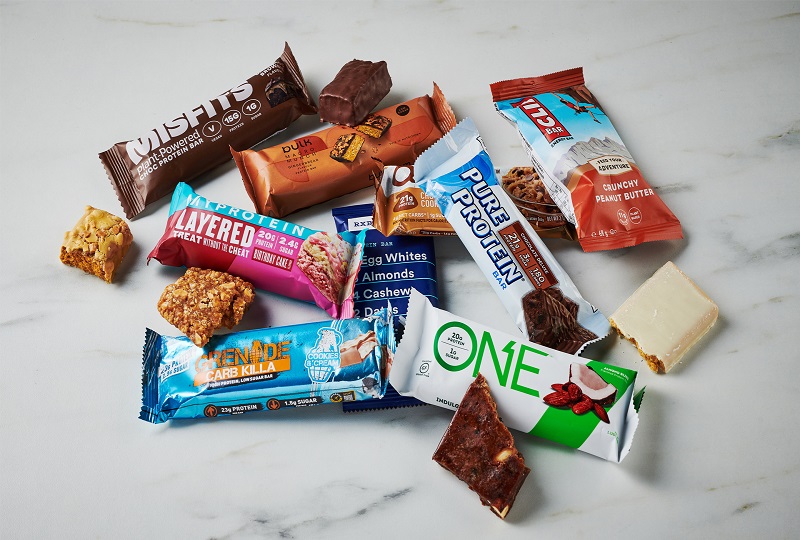 01
01Further Discussion About Protein Bar Packing Machinery
27-02-2024 -
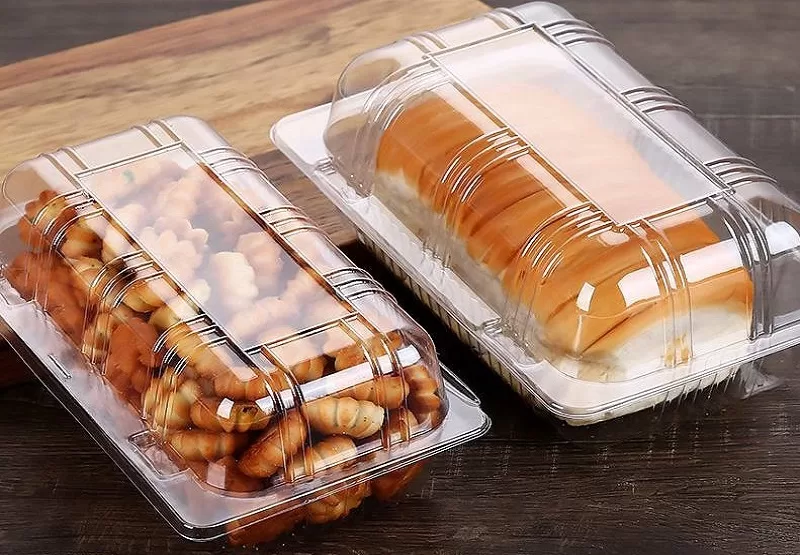 02
02Sustain The Best Crispy With Automatic Packaging Machines
29-01-2024 -
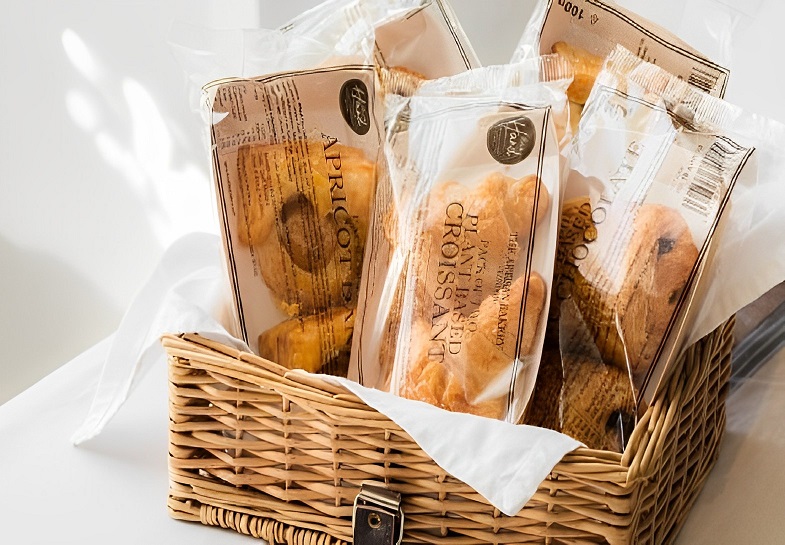 03
03Bread Packing Machine For Bakery Business
19-01-2024 -
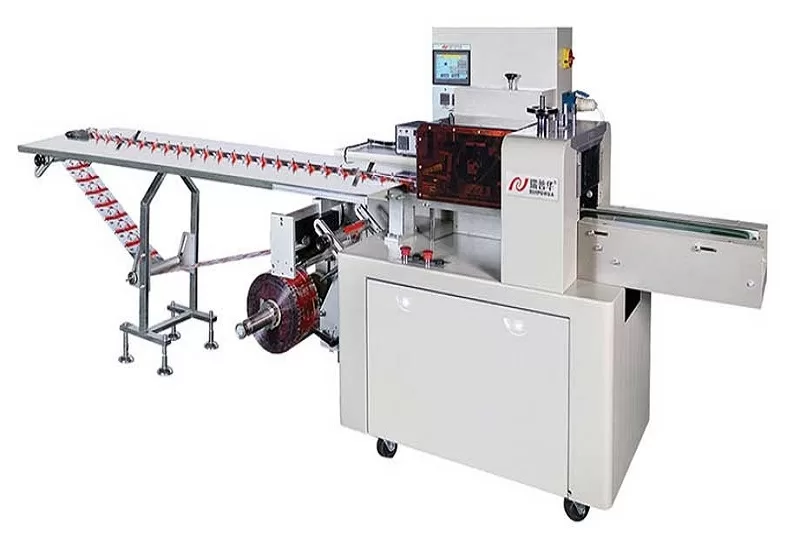 04
04How Flow Wrappers Are Adapting to Changing Trends
01-11-2023 -
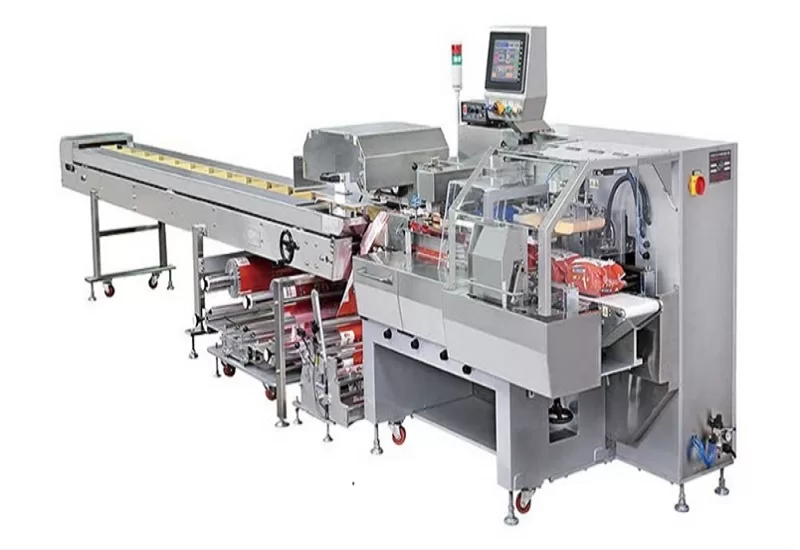 05
05The Comprehensive Guide to Packaging Machinery
31-10-2023 -
 06
06Automatic Cookie Packaging System Performance
01-09-2023 -
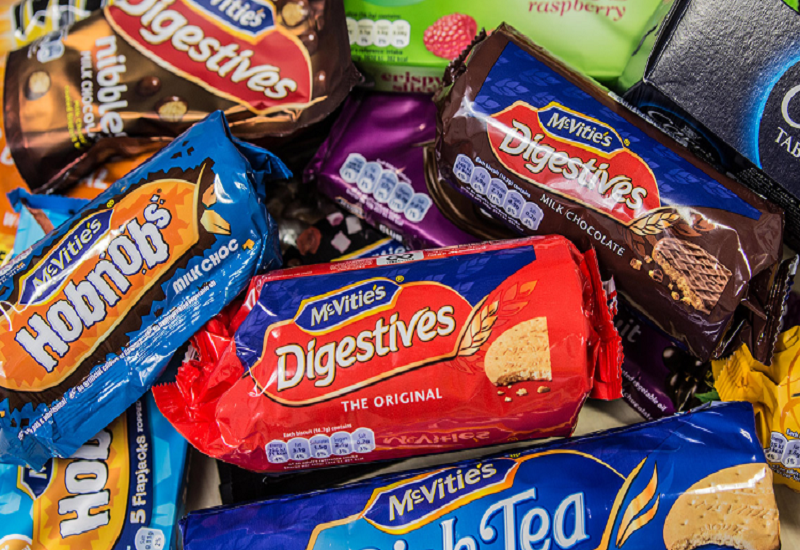 07
07Streamlining Biscuit Packaging with Multipack Biscuit Packaging Machines
25-08-2023 -
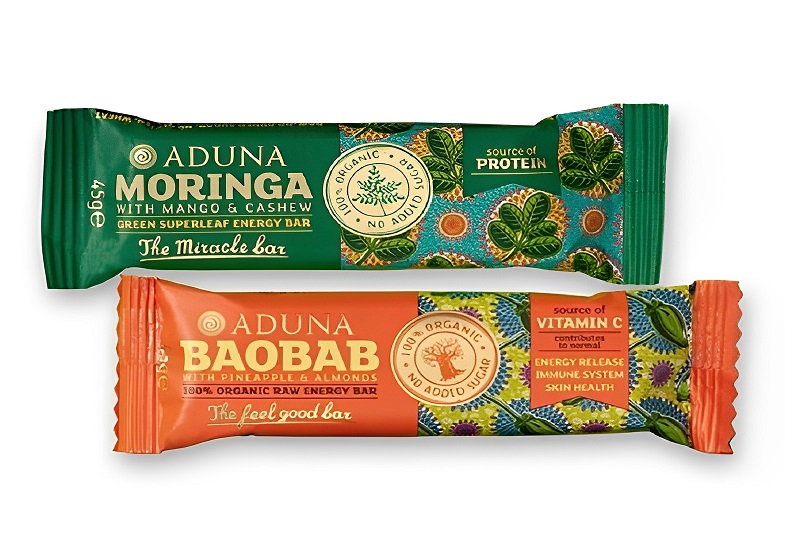 08
08From Assembly To Shipping: The Energy Bar Packaging Machine Does All
28-02-2023 -
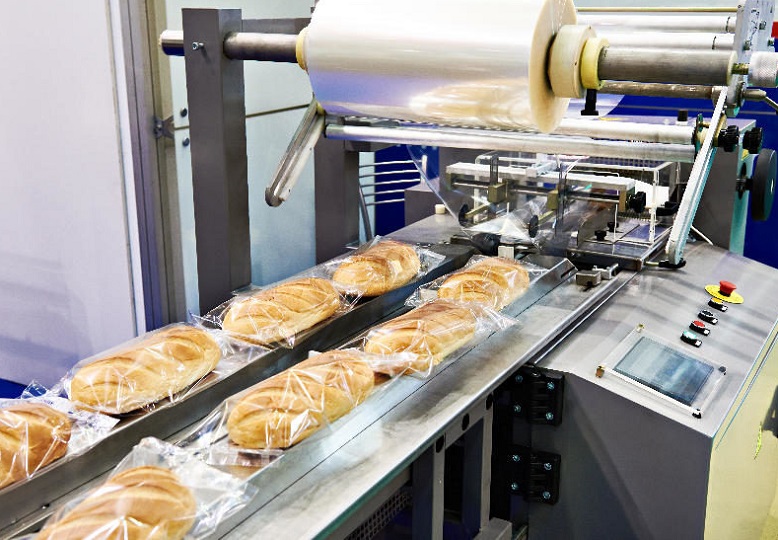 09
09Maximizing Efficiency With Food Packaging Machine Technology
22-02-2023 -
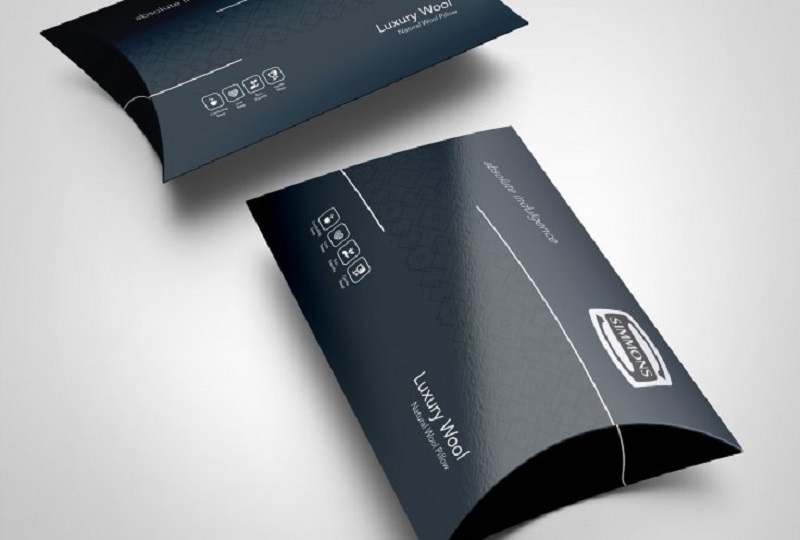 10
10Clients Hunt For Professional And Functional Packaging Machine
10-11-2022



